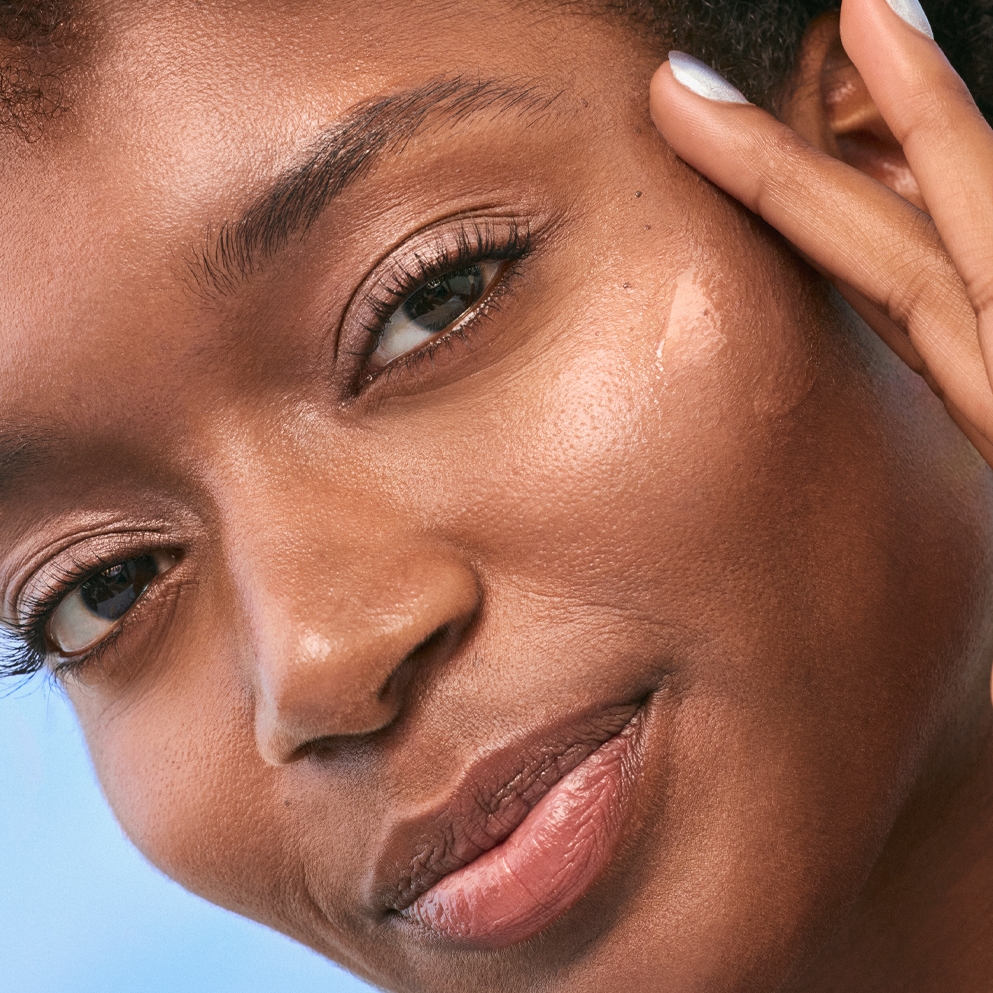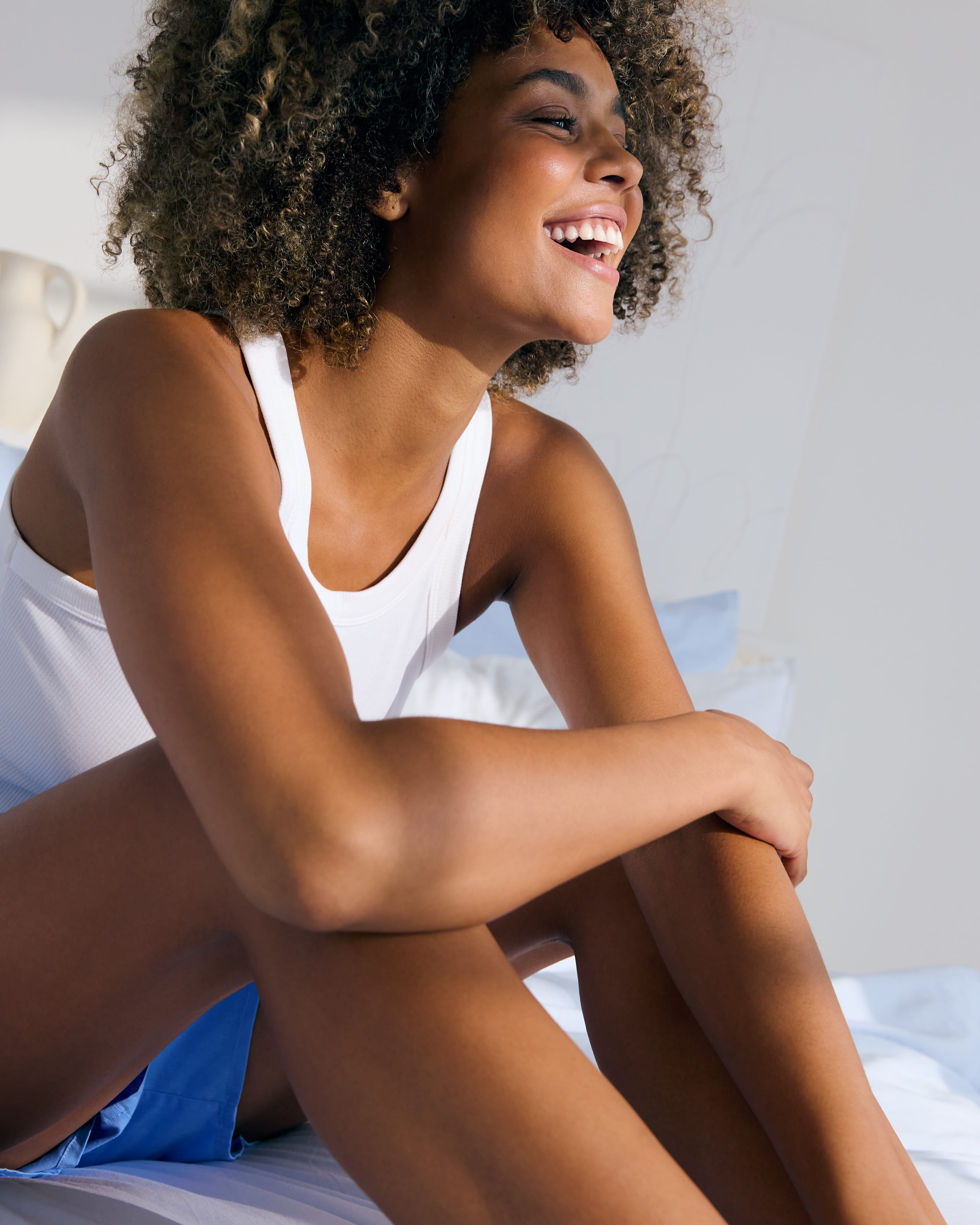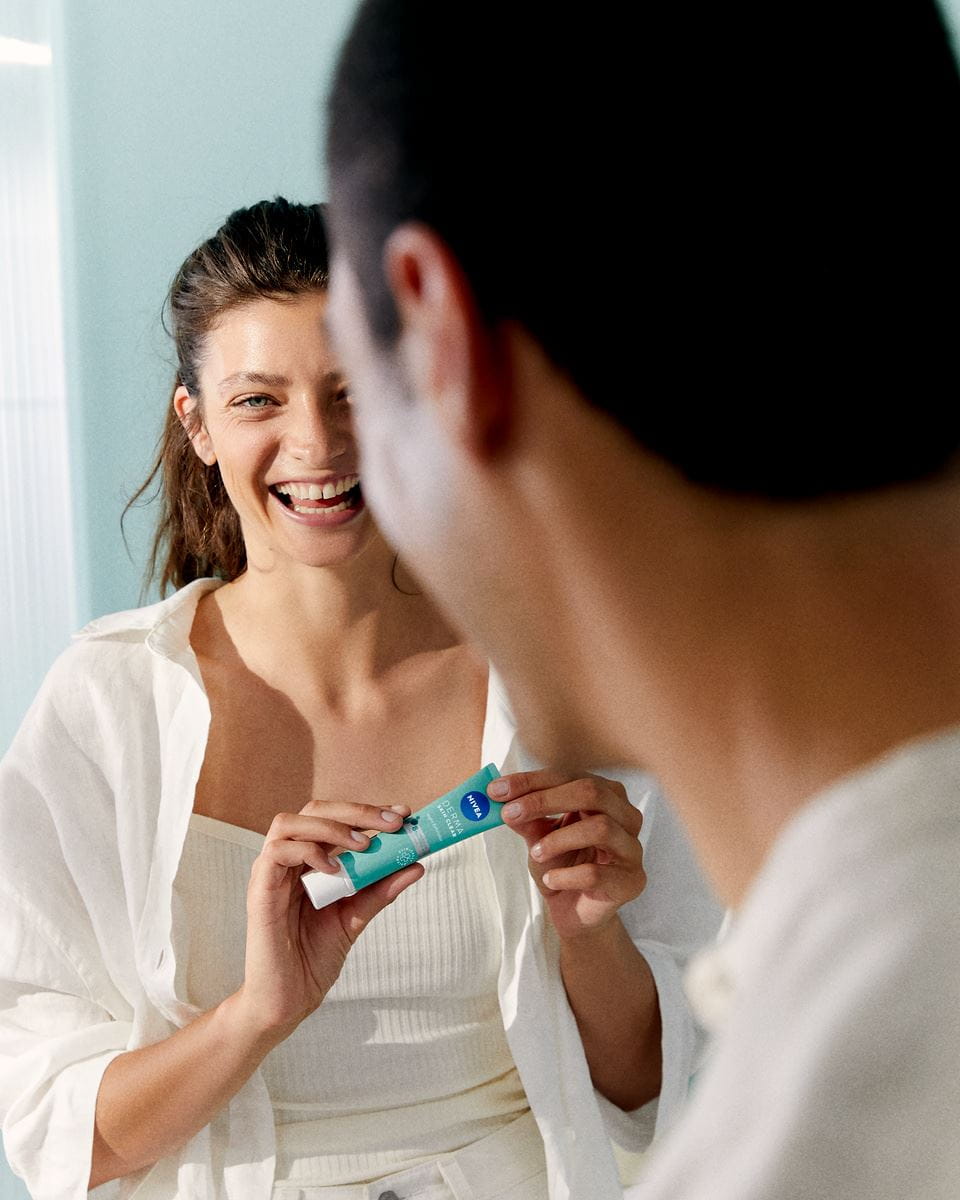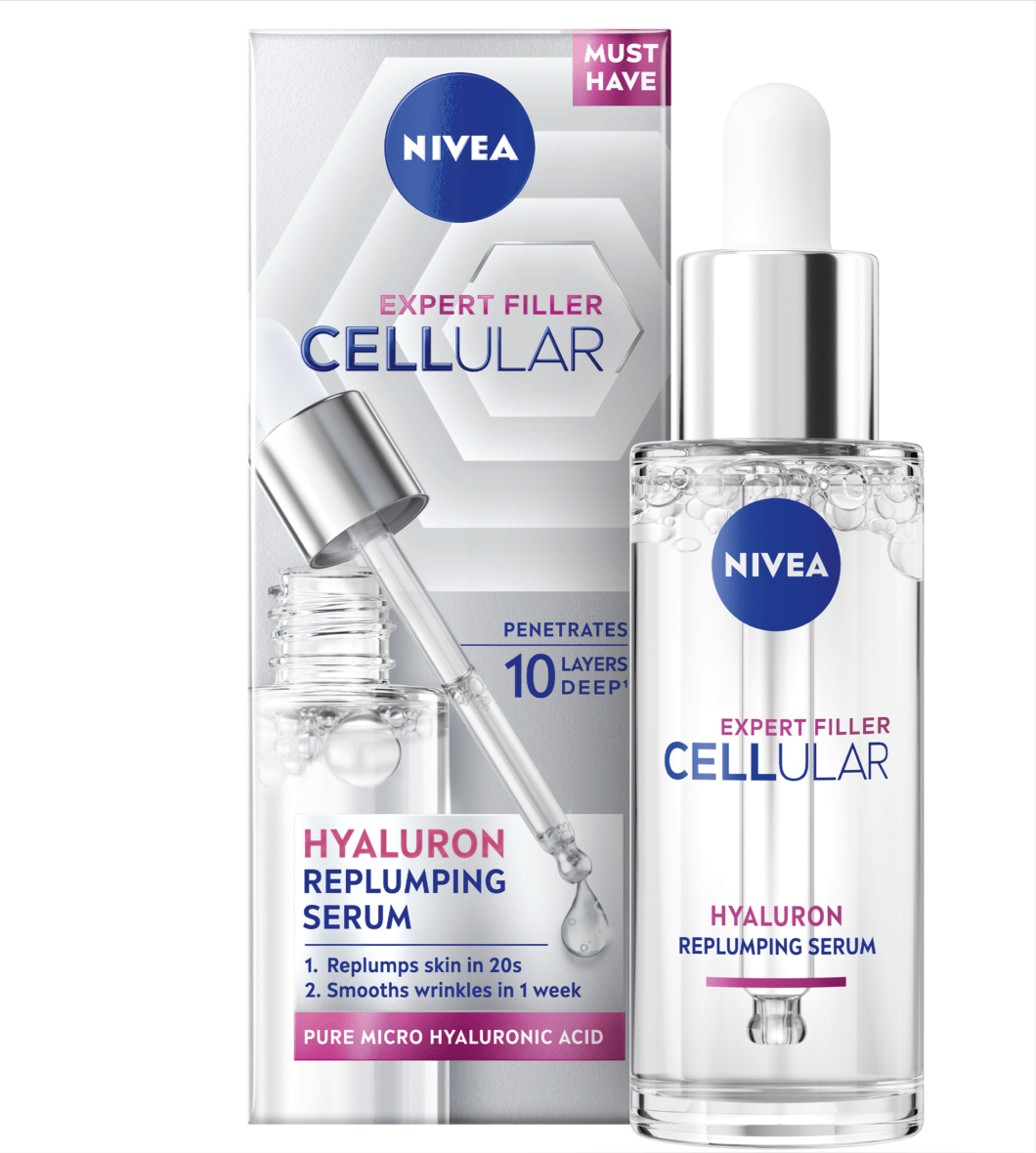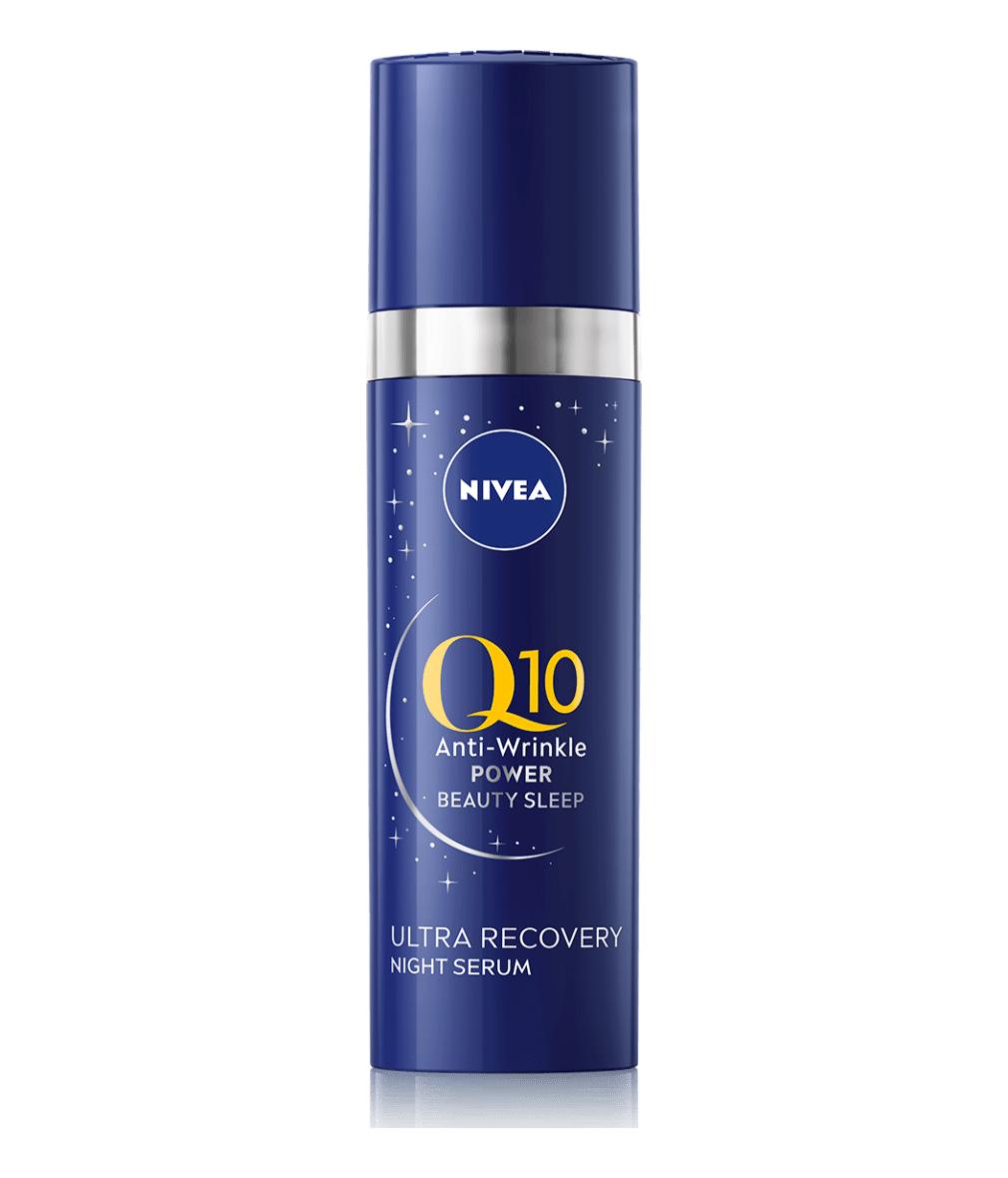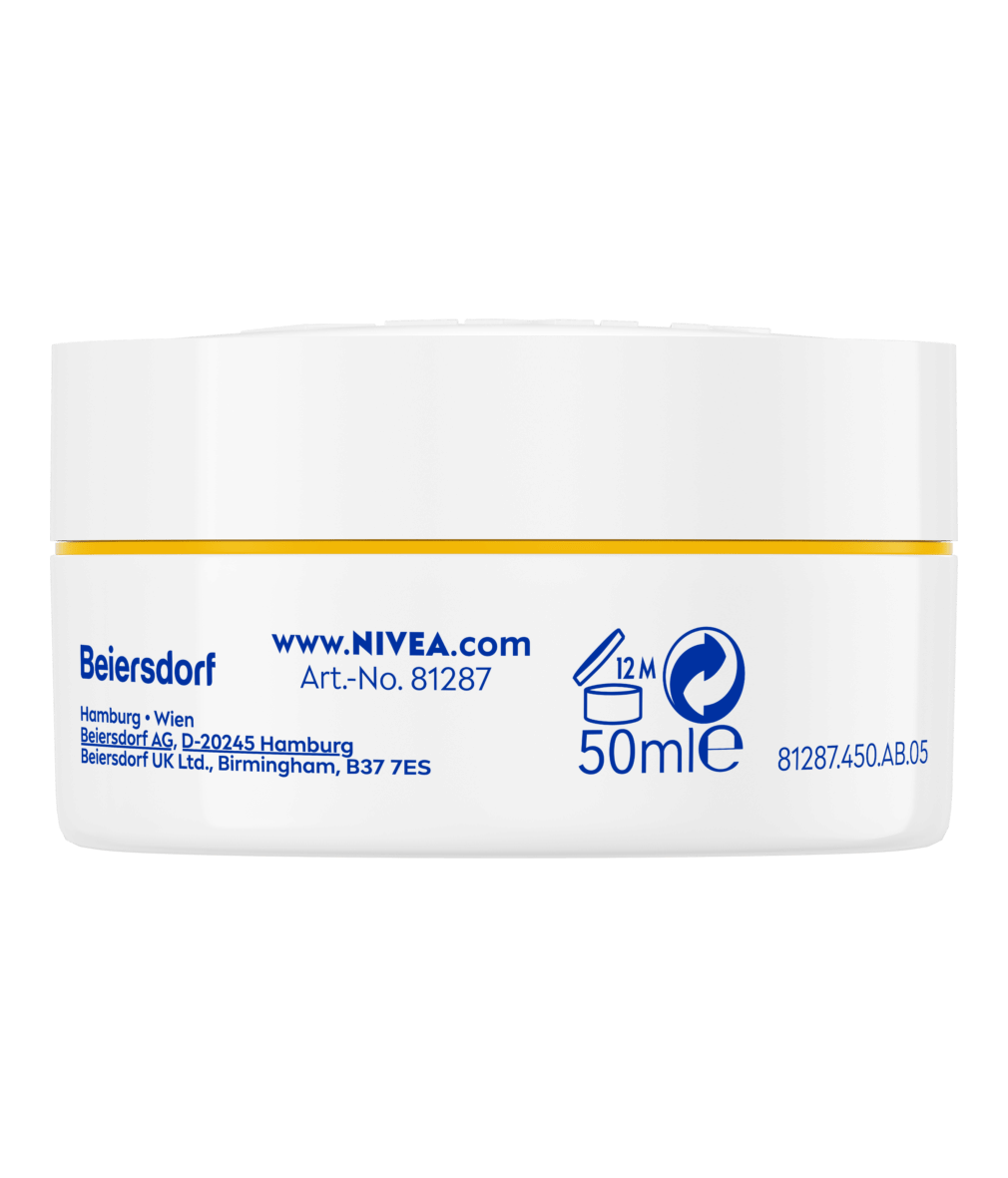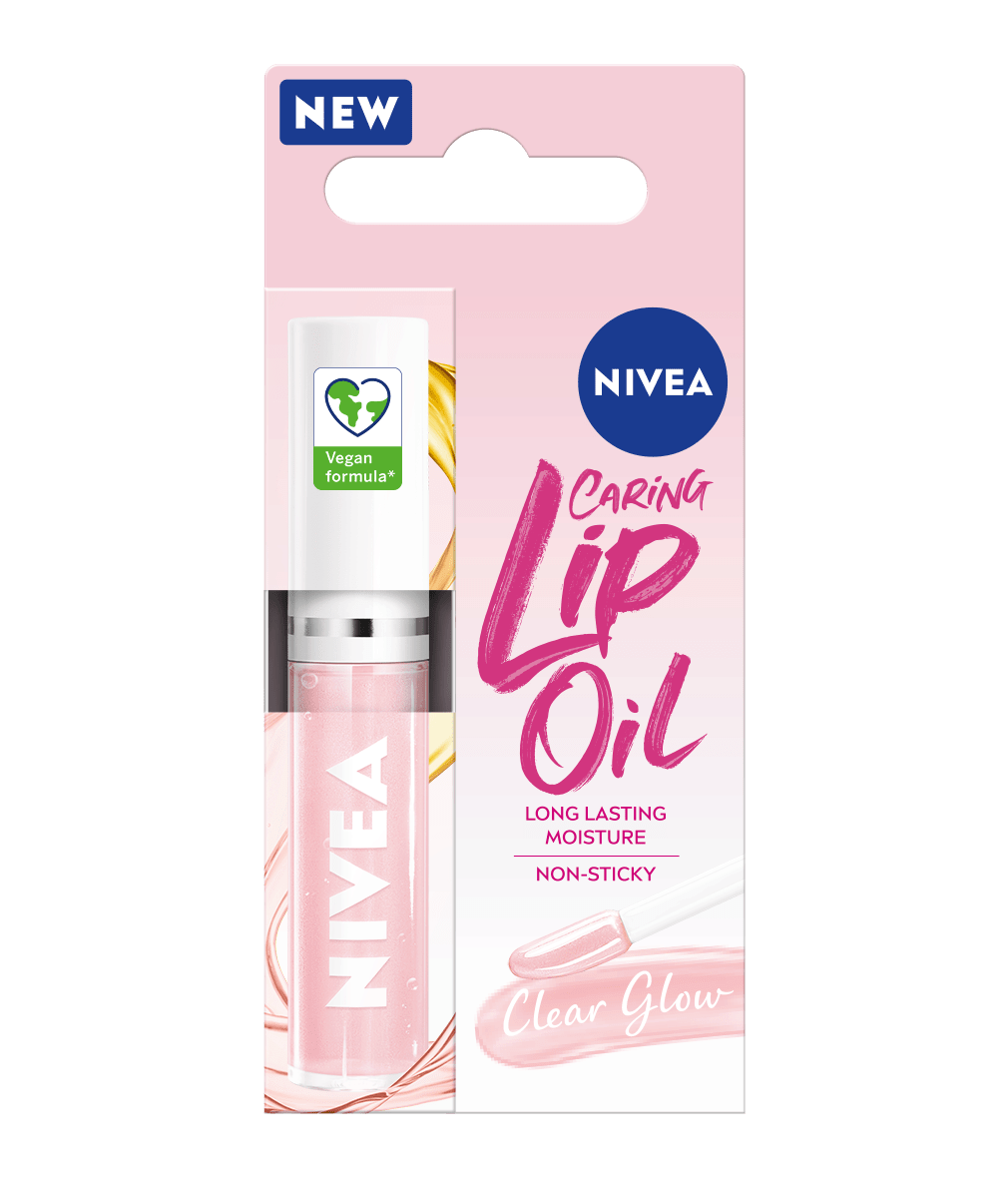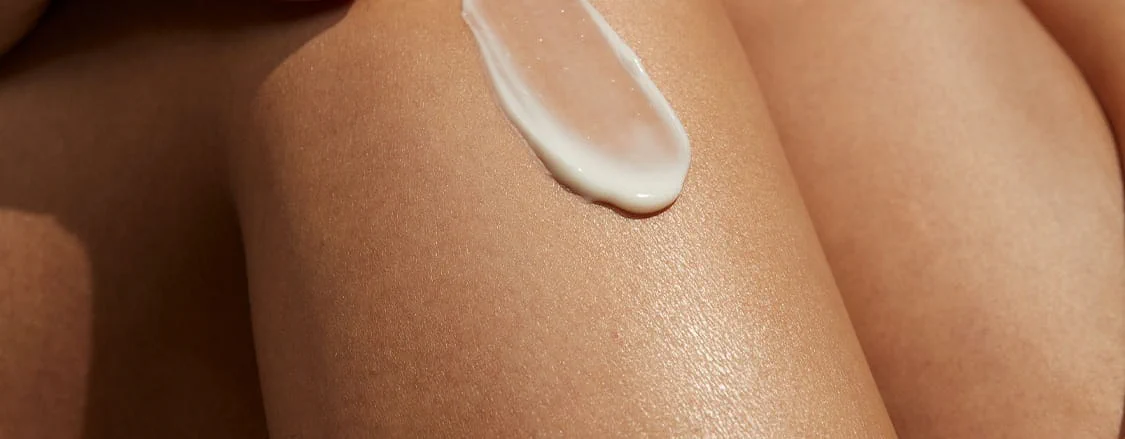
What causes textured skin and how can I improve it?
Read on to learn 6 causes, 6 prevention tips, and 7 improvement options for textured skin.
HOW TO GET RID OF TEXTURED SKIN
Although many desire smooth skin it is completely normal to have uneven skin texture. While ageing plays a role in changing the surface of the skin, there are a range of other factors - but what even is textured skin?
WHERE ON THE BODY DOES TEXTURED SKIN APPEAR?
WHAT ARE THE CAUSES OF TEXTURED SKIN?
There are a number of possible causes for textured skin and these may differ depending on where it appears on your body. Common causes include:
HOW CAN I GET RID OF TEXTURED SKIN ON THE FACE?
While not necessarily a medical concern, textured skin can be a cosmetic concern for many people - which is why there are many solutions available depending on the underlying condition and the location of the texture. However, it’s important to remember that although these options can help improve the appearance of textured skin over time, they may not be 100% effective.
Determining the most suitable solution will depend on the severity and cause of skin texture. In addition to the preventative tips mentioned earlier, here are some potential options:
Determining the most suitable solution will depend on the severity and cause of skin texture. In addition to the preventative tips mentioned earlier, here are some potential options:
HOW CAN I PREVENT TEXTURED SKIN ON THE FACE?
When it comes to getting rid of textured skin, prevention is the best cure. There is no one way to prevent textured skin altogether, but by following the tips below you can certainly help to minimise its occurrence:
